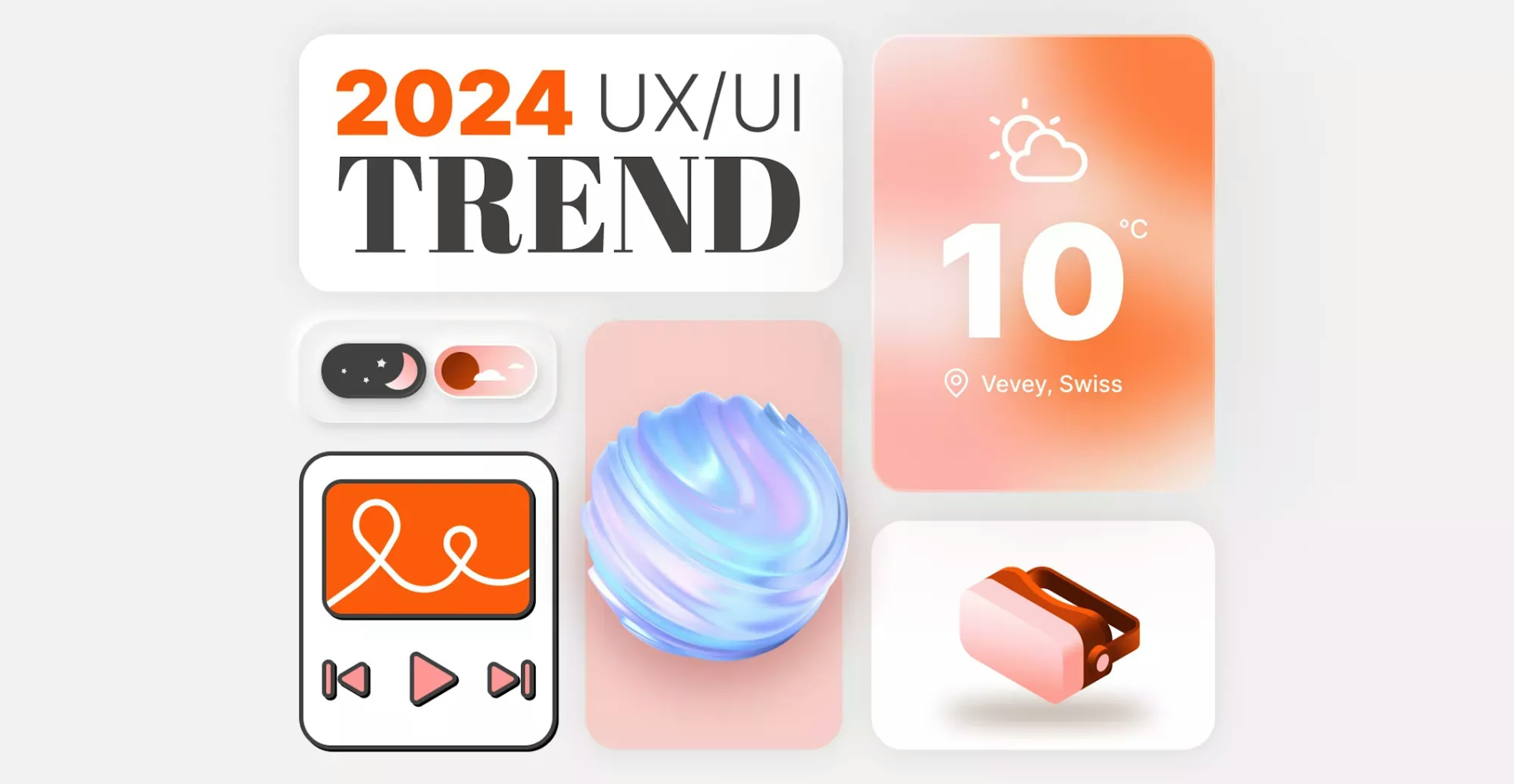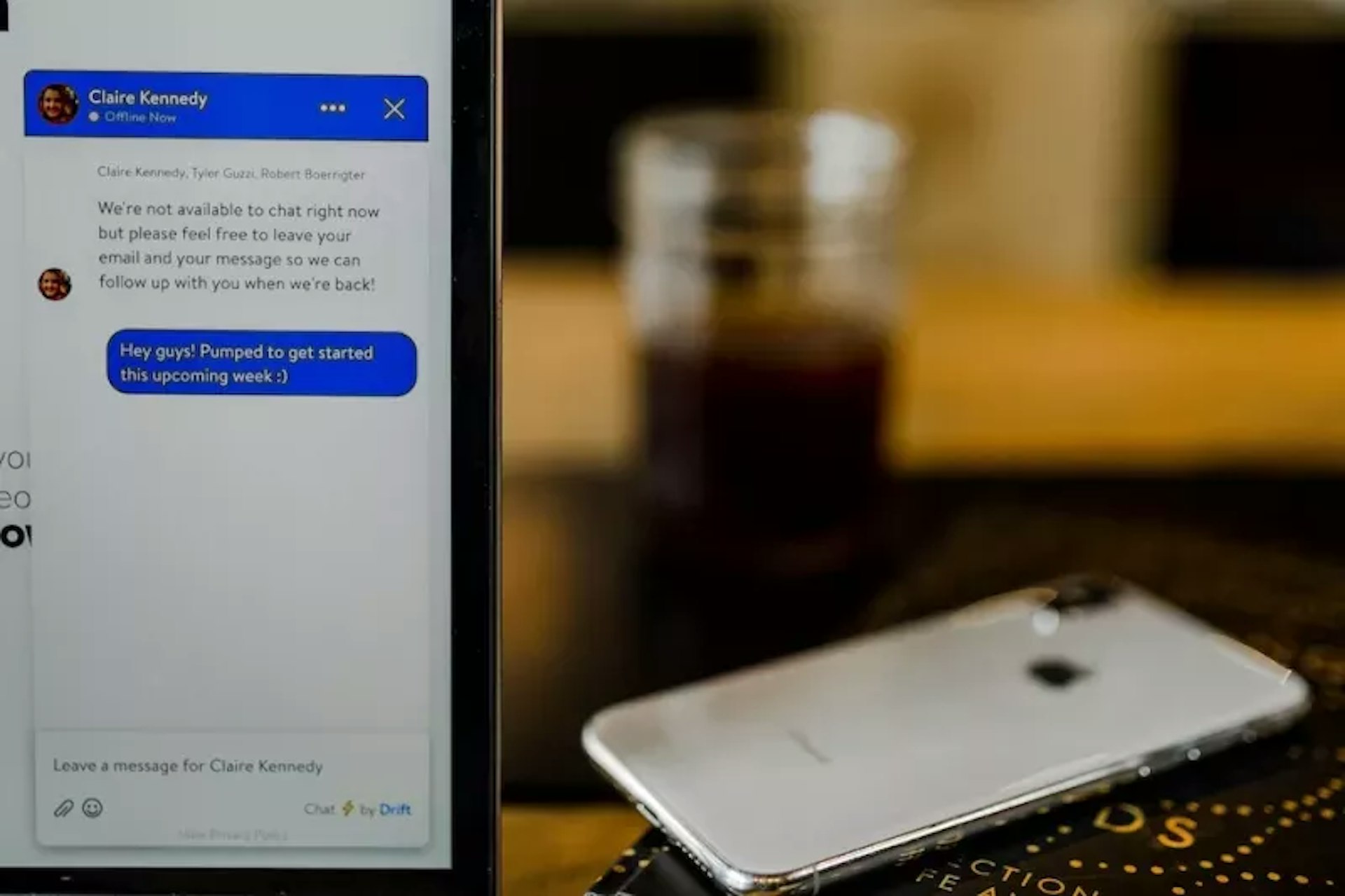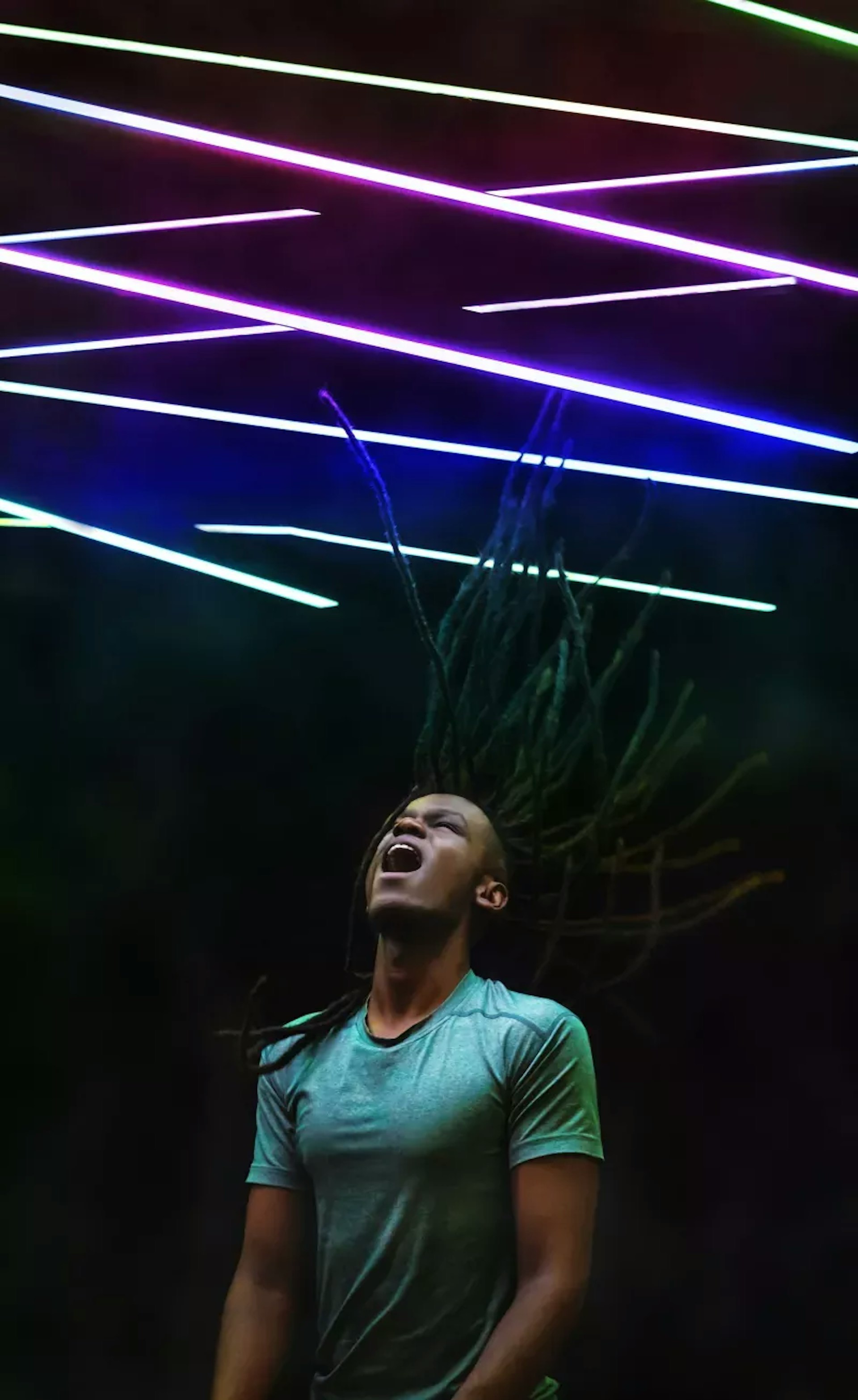
UX/UI trends for 2024: Putting the User at the Heart of the Experience
User Experience
5 min
New year, new expectations
Our world is changing fast, trends are evolving and technologies are being perfected. To keep up, we need to be constantly on the lookout and innovate. UX and UI are no exception, but with all the possibilities and new features appearing every day, it's hard to sort out what's here to stay and what's likely to wear out quickly.
But don't panic! I've put together a quick summary of what's likely to be the order of the day in 2024, to save everyone some time.
Focus on user satisfaction
First of all, let’s talk UX. As the title so aptly suggests, the keyword this year is the user. We need to pamper them, give them control, and make every interaction easier for them.
1. Customizing the interface
Customization is becoming a top priority, giving users the freedom to edit their interface, for example by providing different themes: dark, light or MyLittlePony. The aim is to make users feel at home. Maybe even give them the chance to modify the structure of the interface, move modules around, give their opinion on content, and so on. Anything is possible.
2. Artificial intelligence
The integration of artificial intelligence will keep developing in 2024, by aiming to simplify users' daily tasks. From chatbots to intelligent authoring tools, easy, accessible help has become essential. All the major platforms have adopted it and it's easier than ever to implement it in future projects, so why not take the plunge now?
3. Cross-platform experience
The desire for a seamless experience across different platforms is becoming increasingly important. With the proliferation of devices on which we can navigate, the transition between computer, phone, tablet or television needs to be both simple and pleasant. An interface that adjusts intuitively and keeps track of the user's progress ensures a smooth user experience.
4. Contextual User Experience
Contextual User Experience is also something to keep a close eye on. Basically, this approach involves adapting the interface according to the context in which the user is located. Using data such as GPS location and weather conditions, a tourism app, for example, will suggest indoor activities, such as visiting a museum, rather than promoting a mountain hike on a rainy day in your area. Quite a clever approach, isn't it?
5. Virtual Reality and Augmented Reality
Virtual and augmented reality are playing a key role in the evolution of interfaces. Thanks to remarkable advances in these technologies, our interfaces are evolving, opening up infinite design possibilities. They create immersive experiences and facilitate enhanced interaction with products, transcending the boundaries of reality. Want to get a new poster but aren't sure it’ll go with your decor? Scan your wall and place it in your living room virtually, straight from your phone. These types of apps also extend well beyond the sales sector. When properly designed and integrated, they push the boundaries of immersive experience even further, opening up an infinite range of possibilities.
6. Scrollytelling
Users like to be guided by the interface, and scrolly-telling is a captivating method of presenting information in a progressive way. This approach involves a subtle marriage between animations and micro-interactions that take the user through a fluid narrative as they scroll. In other words, scrolly-telling uses movement down the page to gradually reveal interactive elements, offering an immersive experience where the user is led through the content step by step.
7. Voice User Interface
The integration of Voice User Interface (VUI) is also very popular. This approach raises the question: why be content with writing when you can simply speak? VUI makes your life easier and improves accessibility by enabling users to communicate by voice. This is a significant advance, offering a practical alternative to manual input while widening access to technology for a broader audience.
8. Accessibility and Inclusivity
To conclude our section on user experience (UX), let's pay close attention to the respect we give our users. While the importance of an accessible and inclusive interface has long been recognized, it is now imperative that we not see this as a simple improvement, but the new standard. Everyone's differences, disabilities, ethics, and mental health must be respected. Interfaces that are easy to navigate, adaptable, easy to read, and unlikely to trigger an epileptic fit. Respect every user.
A clean yet bold design
Let’s move on to another very important subject: User Interface. UI also plays a key role, and the way it is presented will have a significant impact on users.
In 2024, there will be no major innovations, but there will be trends that will stick around and develop. The demand for minimalist, uncluttered designs is only increasing; it's sober, aesthetic, and sells, a bit like an IKEA magazine.
1. Animations and micro-interactions
Users like things to move. They want to easily see if the action they have just taken was understood and had an effect, so micro-interactions are not to be underestimated. From the animation of a background when the mouse goes over it to the reaction of a button when you click it, nothing should be left to chance. It's time to let your imagination run wild and add movement to your designs. From parallax effects to more creative animations, anything is possible.
2. Bento Boxes
Bento Boxes (or Bento Grids) are gaining in popularity. First put in the spotlight by Apple and Microsoft, interfaces segmented into aesthetic and functional boxes are increasingly common. This layout style is great in order to get a clean interface that is easy to navigate.
3. Minimalism and buttonless design
Minimalism is also being pushed to its limits. Buttonless interfaces are more and more frequent and the idea is extremely appealing, although it’s actually not as simple as it may seen. The idea is to create a design that is so clear and easy to understand that users no longer need buttons to tell them which actions to take - they know where to go instinctively.
4. Realistic design
Refined realism fits in very well with the minimalist, clean approach. We like the light shadows, the 3-dimensional effect, and the subtle details, all of which enhance the visual experience. Several styles are gaining in popularity: 3D, Neumorphism, Skeuomorphism, Glassmorphism, highly detailed illustrations, Hyperrealism, etc.
5. Visual and typographic experimentation
And finally, every great movement has its opposite. Another very different style, but not to be underestimated, is on the rise: neo-brutalism. It brings a breath of fresh concept and creativity with bold typography and unconventional visual mixes, that balance each other out perfectly. There's no need to overdo it, but it does add a little creativity and novelty. If you don't want to be stuck in the same clean, classic visuals, why not experiment? Mixing textures, images, and bold capitals for a bold, unconventional look. In moderation, of course.
In conclusion, the UX/UI trends for 2024 highlight the importance of placing the user at the center of the experience, while integrating intelligent, immersive, and respectful elements. Whether through personalization, artificial intelligence, or clean, utilitarian design, the aim is to create engaging interfaces that are adapted to the varied needs of users. Obviously, the idea is not to integrate all these elements into your next interfaces; each of these points has its advantages and disadvantages, and it's up to the designer to make well-considered choices to integrate them smartly and naturally.
Each new project is a gateway to creativity, and this year these are the key factors that will potentially be the most abundant - it's up to you to decide.




